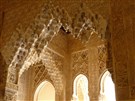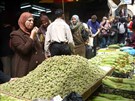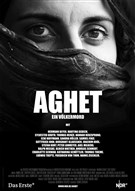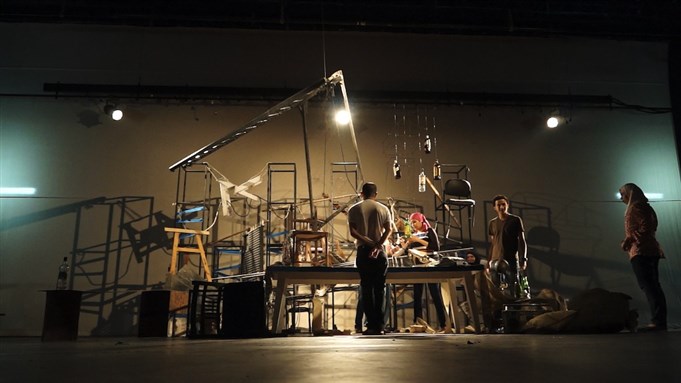When I was growing up in Amman, where my parents had finally landed as refugees from Palestine, we had a valise where we kept folds of photographs, faded images with wrinkled edges, the oldest ones—just a handful--going back to the early 1910s. The valise was a repository of the cruel itinerary of both branches of my family, a walking history of the dispersion that followed the Aghéd, the term we Armenians use for the national catastrophe that befell us one hundred years ago.
Among those few photographs was one that held me in its mystery. I would look at it long, in awe and trepidation, unable to understand what it portended. It was a picture of my grandfather, Yervand Voskertchian and his sister in a park. I knew my grandfather Yervand only by name, as the face that looked back at me from the valise. The inscription on the back said that the picture was taken in the Georgian city of Tiflis, in 1914. The photographer is unknown. I had heard from my paternal grandmother that Yervand was a photographer of some renown in Erzurum, a city in Eastern Anatolia. With his brothers, he ran a successful photographic studio whose clients were Ottoman officials and foreign dignitaries, that he often went to Tiflis to buy film and equipment for his studio—information that did not really explain the picture’s haunt.
When I left Amman for college, first to Beirut and then to the US, I took some of my favorite pictures from the valise with me. There were only two pictures from my father’s side of the family—the cruel paradox of the photographer who leaves so few traces, his studio burned down, forty members of his tribe killed. The picture in Tiflis was one of those two remnants.
I am not sure how it all happened, that this picture became identified in my mind and heart with our national catastrophe, the Armenian Genocide. Perhaps it was the year—1914— only twelve months before Yervand was killed in 1915, felled to the ground by the sword of the Ottoman gendarme, leaving behind his infant son, Diran. This must have been the last picture of him on one of his visits to Tiflis. His sister, Shoushanig had accompanied him. But the picture had nothing to do with the horrors of the Genocide. It was not even taken in an Ottoman city.
So, why?
Perhaps it was the somber atmosphere in whose midst these two melancholic figures had somehow landed. Perhaps it was something simpler, actually: that this was the only picture of Yervand where the features of the face are completely visible, where you have the sense of a person behind the image. (The other picture is in Erzurum, at the Voskertchian Studios, a group picture of men having a good time, drinking, smoking, playing a board game. There, Yervand is in the background, his face half-hidden.)
I am not sure when this picture took on the significance it did for me. It was after my father, Yervand’s son, came here, to Boston from Amman, for cancer treatment that proved ineffective; after I too lost my father as my father had lost his; when I too, in much diminished ways, had been beaten and bruised by life. In the fullness of time, the picture’s meaning expanded, its opaqueness gave way to some measure of clarity, its two characters came alive, two human beings nestled, sheltered in the lush greenery of a Tiflis park, far away from the storms gathering around them, around their ancestral lands.
Here they are, in a moment of utter rest, alive. Despite the somber comportment of the brother and sister, it is a strikingly sensuous picture of Yervand and Shoushanig—she standing, I think, and he sitting on a bench with that characteristic droop of the shoulder, which had passed down to my father. Shoushanig’s shawl is draped around her handsome neck and cascades down over his shoulder, making the two bodies appear as though they are one, continuous, dark weave of fabric that centers the photograph, fixes my eyes on the juncture where the shawl joins brother and sister together. Their eyes are deep lakes, their faces chiseled.
Again, a shiver runs down my spine. This is a moment of emotional, esthetic and technical perfection, a moment when brother and sister, the lush background, the invisible photographer’s hands and eyes have conspired, it appears, to create something utterly self-contained, as though Yervand and Shoushanig are holding something back, possess some inchoate foreknowledge, as though they have some sense, a trepidation of the heart, about the coming catastrophe.
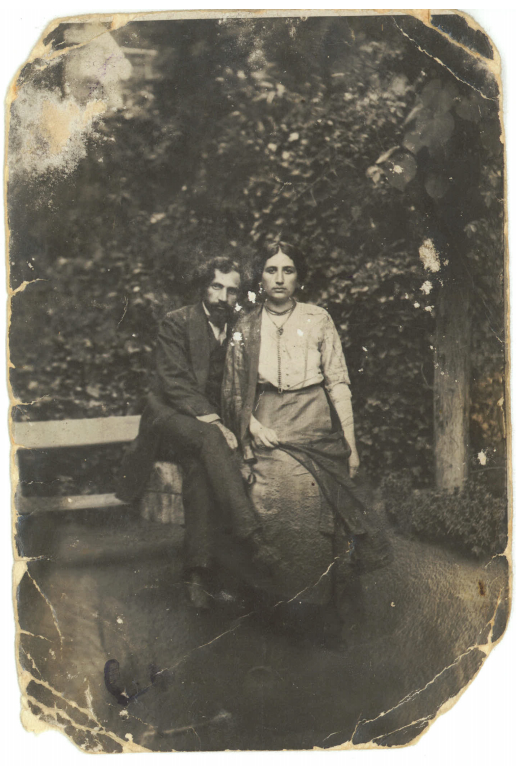
[There were only two pictures from my father`s side of the family; the cruel paradox of the photographer who leaves so few traces, his studio burned down, forty members of his tribe killed. ]
For all their staid posture and formal discipline, they seem at the mercy of something unspeakable, something that is not in the picture but lurking at its edges: the horrors to come; the felling of Yervand; his collapse to the ground over the puny body of his infant son, my father; the flight of Shoushanig to Istanbul and then Paris where she marries well but dies in utter penury, abandoned by her own son; Diran’s long walk with his mother through the Dayr al-Zawr desert; to Aleppo as temporary refuge, then Jerusalem until 1948 and the expulsion; and eventually Amman. All this shattering held in check and silence, in that moment that holds me in its grip a century later.
Genocide does not happen instantaneously; it is prepared for, planned; the right conditions are put in place and then the genocidal plan is unleashed. The historian explains how the machinery is designed, activated, and sustained, something the image cannot do. The photograph of Yervand and Shoushanig does not directly depict the Aghéd, does not show heaps of skulls, emaciated bodies walking through desolate landscapes, unending lines of barefoot refugees on the hot sands of the Day al-Zawr desert, the Ottoman gendarmerie at their heels. Hurry, walk, move. The horrors implied here unfold by indirection, in my attempt to see beyond the faint edges, to imagine the unimaginable, to open my heart and mind to the darkness.
My mourning twists and turns, skirts around the figures of Yervand and Shoushanig, never achieving full meaning, never resting, like an unending lament that keeps repeating the refrain, and then starts again, searching for a tight explanation, even when I visit my father’s grave in Mount Auburn Cemetery here in Boston and place white flowers on his stone; even when a sob escapes from my throat as though a dam has broken, a weathered sorrow has been unleashed. This year, too, on the centenary of the national catastrophe. It is a beautiful April day, the searing sun, the wind. Through the wet haze of my eyes, in the distance, on a bench, I catch a glimpse of something, some presence, the outlines of two figures, a man and a woman, their stare turned toward me, their eyes red fire, their bodies white ash.
![[Image from author]](https://kms.jadaliyya.com/Images/357x383xo/talineimage.jpg)
